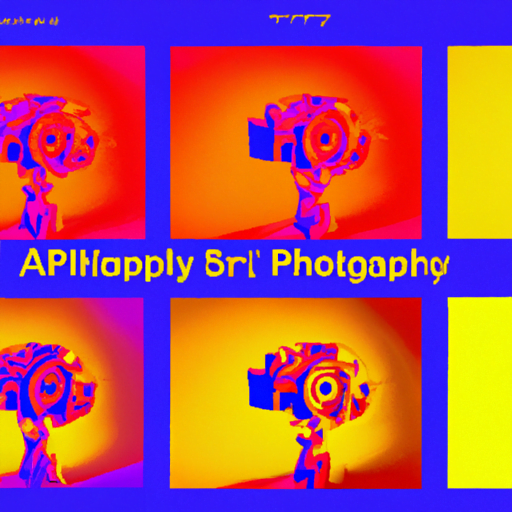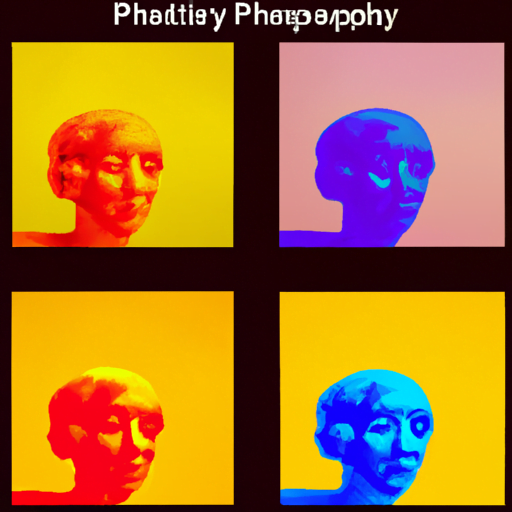
-
Table of Contents
- Color Psychology in Graphic Design: Creating Emotional Impact
- The Basics of Color Psychology
- Using Color Psychology in Graphic Design
- 1. Establishing Brand Identity
- 2. Creating Visual Hierarchy
- 3. Eliciting Emotional Response
- 4. Enhancing Readability and Accessibility
- Case Studies: Successful Use of Color Psychology in Graphic Design
- 1. Coca-Cola
- 2. Facebook
- 3. McDonald’s
- Conclusion
Color Psychology in Graphic Design: Creating Emotional Impact

Color is a powerful tool in graphic design that can evoke emotions, convey messages, and create a lasting impact on the viewer. Understanding the psychology behind colors and their effects on human emotions is crucial for designers to effectively communicate their intended message. In this article, we will explore the fascinating world of color psychology in graphic design and how it can be used to create emotional impact.
The Basics of Color Psychology
Color psychology is the study of how colors affect human behavior and emotions. Different colors have the power to evoke specific emotions and influence our mood, thoughts, and actions. By understanding the psychological effects of colors, graphic designers can strategically choose colors to create a desired emotional response in their audience.
Here are some common emotions associated with different colors:
- Red: Red is a powerful and intense color that evokes strong emotions such as passion, love, and anger. It can grab attention and create a sense of urgency.
- Blue: Blue is often associated with calmness, trust, and reliability. It can create a sense of security and stability.
- Yellow: Yellow is a vibrant and energetic color that symbolizes happiness, optimism, and creativity. It can grab attention and evoke positive emotions.
- Green: Green is commonly associated with nature, growth, and harmony. It can create a sense of balance and relaxation.
- Orange: Orange is a warm and energetic color that represents enthusiasm, excitement, and warmth. It can stimulate creativity and evoke positive emotions.
- Purple: Purple is often associated with luxury, creativity, and spirituality. It can create a sense of mystery and elegance.
Using Color Psychology in Graphic Design
Now that we understand the basic emotions associated with different colors, let’s explore how graphic designers can effectively use color psychology to create emotional impact:
1. Establishing Brand Identity
Colors play a crucial role in establishing a brand’s identity and personality. By carefully selecting colors that align with the brand’s values and target audience, designers can create a strong and memorable brand identity. For example, a health and wellness brand may use calming shades of blue and green to convey a sense of tranquility and well-being.
2. Creating Visual Hierarchy
Colors can be used to create visual hierarchy and guide the viewer’s attention. By using contrasting colors, designers can draw attention to specific elements or information. For example, a call-to-action button in a vibrant red color will stand out from the rest of the design, grabbing the viewer’s attention and encouraging them to take action.
3. Eliciting Emotional Response
Colors have the power to evoke specific emotions and create a desired emotional response in the viewer. By understanding the target audience and the emotions they want to evoke, designers can strategically choose colors to elicit the desired emotional response. For example, a charity organization may use warm and compassionate colors like orange and yellow to evoke empathy and encourage donations.
4. Enhancing Readability and Accessibility
Colors can greatly impact the readability and accessibility of a design. Designers need to consider color contrast and legibility to ensure that the content is easily readable for all users, including those with visual impairments. By using colors with sufficient contrast, designers can enhance readability and make the design accessible to a wider audience.
Case Studies: Successful Use of Color Psychology in Graphic Design
Let’s take a look at some real-world examples of successful use of color psychology in graphic design:
1. Coca-Cola
Coca-Cola is known for its iconic use of the color red in its branding. The vibrant red color evokes a sense of excitement, energy, and passion. It grabs attention and creates a strong emotional connection with the audience. The use of red in Coca-Cola’s branding has contributed to its success and recognition worldwide.
2. Facebook
Facebook’s use of blue in its logo and interface design is no coincidence. Blue is associated with trust, reliability, and calmness. By using blue, Facebook aims to create a sense of trust and reliability among its users, encouraging them to share personal information and connect with others on the platform.
3. McDonald’s
McDonald’s is another example of successful use of color psychology in branding. The combination of red and yellow in McDonald’s logo and restaurant design is strategically chosen to evoke hunger, excitement, and happiness. These colors stimulate appetite and create a sense of urgency, encouraging customers to make a quick decision and indulge in their food.
Conclusion
Color psychology plays a significant role in graphic design, allowing designers to create emotional impact and effectively communicate their intended message. By understanding the psychological effects of colors, designers can strategically choose colors to evoke specific emotions, establish brand identity, create visual hierarchy, elicit emotional responses, and enhance readability and accessibility. Successful brands like Coca-Cola, Facebook, and McDonald’s have leveraged color psychology to create memorable and impactful designs. As designers, it is essential to harness the power of color psychology to create designs that resonate with the audience and leave a lasting impression.
